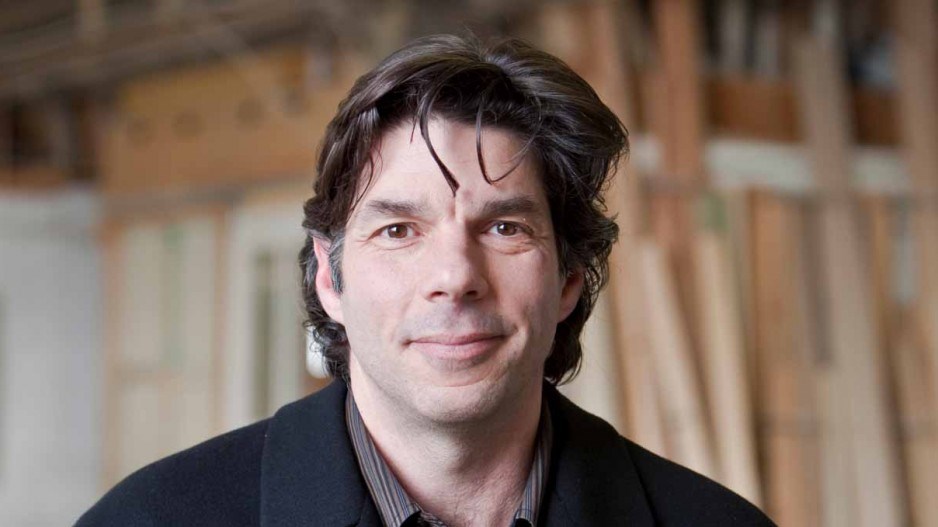Jake Fry incorporated his laneway house building company, Smallworks, in 2004, several years before the City of Vancouver decided to allow the small houses to be built in the backyards of existing homes.
But when the bylaw was passed in 2009, Fry was ready, with a large production facility that allowed his company to quickly churn out the diminutive abodes.
Fry, who had experience as a builder but not as a manufacturer, soon realized that the factory had been overbuilt, with an overly rigid production process that limited what the company could produce.
“It really limited our ability to go, ‘Oh, this might be a better idea,’” Fry said.
The large facility had also eaten up a lot of capital that might have been better used for things like marketing.
Fry now thinks that slow, incremental growth would have been the better way to go, allowing the company’s production system to be tinkered with along the way.
“It was both a blessing and a curse, because we were able to produce a lot of homes really quickly and address a pent-up need that was there,” he said. “At the same time, in hindsight, it would have been nice to understand what we were doing earlier and then have set up the factory in response to … what we had learned in the process.”
To fix the problem, Fry and his employees had to “reverse engineer” the production process in order to make it more flexible.
“We’re really happy with the outcome, but our process of getting there took us more energy and more capital than if we had taken baby steps.”
On borrowing ideas from other makers | “One thing we decided was you had to be able to make almost like a custom unit every time, but by the same token you had to be able to approach it the way that one would making multiple units at the same time. We borrowed a bit from the car industry, we borrowed a bit from the multi-family subdivision people and we brought those things together in a really interesting mix.” •




